BizTech Forward: Season One Recap
This is a bonus episode of BizTech Forward: Season One Recap. Host Anni takes you through the eight episodes of the debut season, highlighting some of the best moments and setting the stage for season two! Stay tuned!
Transcript
Anni Tabagua: Hello there! Welcome to our special recap of BizTech Forward, season one. I'm Anni, your host, and I'm here to take you through some of the best moments before we jump into season two.
Episode 1: AI in Automotive
So, let's take a look at the highlights from our first season. We started off with Dmitry Bagrov, Managing Director of DataArt UK, who talked about how AI is changing the automotive industry from self-driving cars to smart features. Dmitry shared some cool insights into how cars are becoming more like high-tech computers on wheels. Let's hear a bit from that conversation.
Speaking of challenges but other kinds of challenges, would you also comment on some of the actual breakthroughs and challenges that have influenced the development of AI in automotive?
Dmitry Bagrov: I think the biggest challenge is actually something I already mentioned: it's the analysis of data, visual or environmental data. If we describe it in a more general sense, vehicles are now equipped not just with cameras.
They also have lidars and radars. All that data needs to be analyzed, and decisions need to be made based on that. That includes very fast data processing. You should be able to operate or store data on the vehicle because you obviously cannot rely on data transfer for split-second decisions. Machine learning, particularly deep learning, plays a very important role.
All of that took us to the point when regulatory organs and bodies started messing around with autonomous driving, which is actually a good sign because, from my point of view, whenever regulations appear in something, it means it's mainstream enough to be dangerous. So it's a good sign. While autonomous driving was confined to labs and test tracks, there was no need to regulate it.
When it spilled out on the streets, obviously, there was a need to regulate it and create some certifications and other nice bureaucratic things. Another breakthrough was actually spurred by not cars but more small devices at home, which is basically IoT, the Internet of Things. There is a need to get data from other cars or other players, let's say, on the roads.
It was always there, but once it was clear that the methods used in smart devices at home for communicating with each other could actually be used for cars to get information from their environment, that was another major breakthrough. Of course, it meant additional data. And, of course, it meant the need to drastically change the way cars are viewed by their manufacturers.
Previously, a car was mostly an engine with a chassis and wheels and autonomous driving elements with two legs and sometimes two arms somewhere in it. Now, it's actually a software-defined vehicle, defined by the software that runs on it.
Speaking about AI, one of the things that may be less noticed is the growth in computational capability. So the chips that are currently used in cars—I think I had the numbers; I read them somewhere recently—I think where previously it was 30 to 60 different chips, different little computational units in the car doing all of this stuff around it.
Now we're down to 4 or 5. Yeah, that means the capacity grew significantly. This opens up a lot of interesting possibilities and a lot of very scary possibilities as well.
Episode 2: Value for Money in IT: How to Measure What Matters
Next, we had Aleksei Miller, Managing Director of DataArt, who explained how businesses are now measuring the true value of IT. It's no longer just about the cost. It's about using tech to help grow businesses and reduce risks. Here is a quick clip from our talk about that.
Anni Tabagua: I guess we can spend quite a while discussing the fluff, the past, and how it used to be, but maybe fast-track to today. Would you paint us a little picture of how you see today? How has it changed? Where do we stand now? How do businesses measure IT spending and its value now?
Aleksei Miller: Businesses have gotten a lot better at understanding technology. That helps have substantive, serious, meaningful conversations about what IT does and, ultimately, the return on investment or value for money. This terrible cliché was so prevalent 25 years ago that the boardroom does not understand technology. The boardroom understands technology now, and that's a good thing.
It's a great thing. So, I'd say those conversations and those calculations have become more meaningful. They've also become multidimensional. If they were fairly simple before and after a single number or a couple of numbers there, those evaluations try to capture multiple factors, obviously financial impact.
Are we going to make more money with this investment in technology? Are we going to spend less money? But there are also less quantifiable things. Are we going to reduce risk? There are many risks: cybersecurity risk, compliance and regulatory risk, business risk, competitive position risk, and key person risk. How do you quantify them? Technology has a very prominent role in that.
You need to find a way to express that value and risk impact in terms that are meaningful to your board, your executive team, and ultimately to your customers. That's different for every company and for many different industries, but it's certainly something that has entered the conversation.
People are trying, and that's a good thing. The other thing that entered the conversation, in my view, was excitement. It's not a word you typically hear in conversations that are supposed to be about cold business calculus. But tech has succeeded in selling this idea that technology creates new capabilities, pushes businesses forward, and opens new doors.
It allows you to engage with new types of customers and so forth. That's exciting—exciting, as in, "Oh, we can make more money." That's one side of excitement, but also excitement as in, "My people are more motivated. They'll love the tools they're using. They are excited to come to work, work from their home office, or whatever it is."
My customers are excited by the stuff we sell to them. That is meaningful. But it's also ultimately excitement. How do you measure that? I've seen attempts to measure the numbers and the crowd, and I don't think they're very successful. So I think in the best case, businesses have come up with this multidimensional model of looking at what value means to them, to their people, to their investors, and their customers, the trio of new business employees, investors, customers, in no particular order, and have learned to map this multidimensional matrix of value onto this trio.
I think there needs to be a unified way to visualize it. Everyone is out for themselves, and that's a much better place than where we were in the early 2000s when there was much excitement but no meaningful conversation. It's more sober. It's not perfect, but it's more sober.
The other thing that is new today, relative to where we were 20 years ago, is that we have data. We have data on thousands of decisions and business decisions that were made. And we know the impact of a collection of those decisions. This is a whole new field of decision science that takes the decisions, how they were made, under which conditions they were made, and the implications or consequences of those decisions.
This can be quite helpful in making better decisions going forward. Businesses have made thousands of IT decisions over the last 25 years. They know how it ends up and can make value decisions based on that data, not just a hunch or not just because it's new anymore.
That's an interesting twist. To what extent are companies willing to consider and trust that data, or is it just informing their thinking? That is individual for every client. We advocate for more data to be brought into those conversations—historical data, any data.
Episode 3: IT Talent: Meeting the Changing Needs of Clients
Then, Anna Velykoivanenko, Global Employer Branding Director at DataArt, joined us to discuss the future of IT talent and shared how businesses are looking for more than just technical skills. They're looking for creativity, leadership, and resilience. Let's listen to what she had to say about this.
Anni Tabagua: It's very nice to be on the same page with you, Anna. So, jumping to the favorite part of mine is, I always say, predicting the future. Maybe just briefly, if you could outline. What do you think?
Anna Velykoivanenko: AThe most important in the future within within the topic we're talking about? I was thinking, actually about what what kind of foods religious that can be. You know, as I'm, I'm a research geek, I always try to read some consumer trend reports and so on and so forth. I mean, if we trust the scientists, if we do trust them, they mean three skills that are going to be, the, centerpieces of success in the future.
And those are creativity, resilience, and leadership. As you can see, none of them is a hard skill. I'm afraid the future doesn't hold any simple answers to tough questions. For example, in the golden era of the 20th century, people who started with an Oracle integration project in their company were safe.
You know, that creative life because those projects would run for tens of years. I'm afraid they were past that. So, none of the skills are hard skills. You cannot really learn them by reading a book, taking a course, or having a certification. What will it mean for employers, and what will it mean for our clients?
I think that it would mean that we will need to learn how to think about it holistically, and we will need to understand how to invest in people and partnerships and how to give those things opportunities. Sometimes, it is a matter of faith and the bargain that you know you are there, no higher junior hoping that this person eventually will become your next CMO or maybe chief innovative officer.
You never know, but I'm sure that it is worth it. I'm sure that it is about the values and how we click or we don't. I believe that a good partnership is always a two-way street. So far, the best partnerships that I've seen with our clients and with the best talent that we managed to retain for years, and data point, you know, actually works.
Mutual respect and mutual investment in each other.
Episode 4: What Makes Data Good for AI?
In episode four, Yuri Gubin, Chief Innovation Officer at DataArt, explained why good data is essential for successful AI. It's not just about collecting data; it's about managing it well and using it the right way. Here is a bit from Yuri on this topic.
Anni Tabagua: How are companies ensuring that their data is up to the task today?
Yuri Gubin: Yeah, it's a good question. So, aside from having the technology to handle the data, yes, you think about the methodology and data management practices, and you integrate all the checks and controls that will just enforce good data quality. We talk about introducing a framework of data stewardship, data mesh, data ownership, and data as a product.
It's when you have stakeholders and subject matter experts in your team who understand the data. It's natural to see something beyond just, you know, tables and namespaces in a database, someone who understands the nature of the data. This is very important because, you know, the person who is very good with models, wrangling the data, and crunching the data sets might not be the best person to understand the business.
What it means for the business to have this data, what it means to interpret, you know, how to make an interpretation from an insight that a machine learning model is producing. That's why we need data stewardship. That's why we need SMEs to actually work side by side with data scientists. One of the examples that I was thinking about is if you look at the tech, you have parents, teachers, and students.
If you group them together in one table as users of your online LMS and then start crunching that data set, you will be comparing people who should not be compared to each other. That's why the person who understands the nature of the data says, "All right, this adult is a parent."
It should not be treated like a teacher, facilitator, or supervisor. That person can actually divide the data set into more granular and appropriate buckets.
Episode 5: UI/UX Processes and Trends
Then, Anastasia Rezhepp, head of DataArt's Design Studio, joined us to discuss the changing world of UI/UX design. She explained how design is becoming more data-based but still retains that creative spark. Let's hear more from her.
Anni Tabagua: So, it sounds like you relied on books quite a bit back in the day. So, were they books and specific data, or did they ever? Did you ever rely on your intuition, you know, and stuff like that?
Anastasia Rezhepp: So, I'd say we mostly relied on intuition, probably, and nowadays, of course, we promote data-driven design quite a lot. Also, data collection tools are much better. For example, I think years ago, there was no Google Analytics. But now it's quite different.
So, Google Analytics, as it works now, appeared in 2005, maybe then it was also evolving, adding more features. And for example, something that we take now for granted wasn't always there. Let's say when people started using a lot of different devices. Google also added this feature, which allows you to collect information based on ID and not a device, but it wasn't from the start.
So, data collection evolves, and how we deal with this data also evolves. But I think that big and serious products pay a lot of attention to data collection, and they mostly try nowadays to make informed decisions, which is logical because when you see how users interact with your product, it's much easier to understand what else they might need and what you need to improve. At the same time, I think people need intuition in some cases. I also believe that real visionaries do quite a lot based on their intuition because, you know, as in the famous example about Henry Ford, who said that if I had asked the users what they wanted, they would say that they wanted faster horses.
So, you cannot create something completely new based only on what you hear from people. You need some intuition and some vision inside yourself. But if we are talking about regular products, it is better to look at the data. And, as I said, some big products are doing it. And, of course, it's good to start with some data, whether you collected it with user research or from some statistics. You always need both quantitative and qualitative data.
Episode 6: Travel Takeoff: Aviation Trends
In episode six — a very lively one, I must add — Tim McMullen, Head of Business Development for Aviation and Travel Technology, gave us a sneak peek into the future of aviation. With travel growing, first technology is helping airlines keep up with the demand. Tim shared how airlines are getting ready for a busy future. Here is a quick clip.
Anni Tabagua: Now, Tim, I really want you to look into your crystal ball if you have one. If you don't, just imagine that, you know? So, where do you think aviation technology is going? I want to ask in the next five years, but at least next year.
Tim McMullen: Yeah, that's a good question. I wish I had a crystal ball. Unfortunately, I don't, but what I can share is that let's talk about the airline industry as a whole. There are different reports out there that talk about how much the airline industry will grow. So, IATA, the International Air Transport Association, estimates that passenger traffic around the world, globally, will grow from 4 billion passengers in 2024 to 8 billion in 2040.
In only 16 years, it will double, but massively, adding 4 billion more trips and people around the world. This is interesting because it will have a different impact on different markets. The United States is going to more than double. I think India is projected to grow by five times. China will double. So, there are different pockets where traffic will grow.
And, of course, that will impact different airlines differently. But to answer your question, think about what that means for technology. Maybe I'll use a bit of a cliche or a saying. The old saying is when is the best time to plant a tree? And the answer is yesterday. When is the second-best time to plant a tree? That's today.
So, I think about technology like that. When we think about a crawl, walk, run strategy, every airline and company is better served if they start working through some experimentation and trying to test different things. But the earlier you start, you're going to learn along the way and experiment. That will enable you to come up with new ideas to grow. Think about the Alaska AI model; they probably didn't come up with that overnight. The battle of the airline apps is that they probably have great, customer-facing, operation, and digital teams that all pitch in and talk about what is possible. So, while I don't know how to predict the future, I think we all have to iterate and work through different ideas, and some good ideas that none of us have a crystal ball for will start appearing in the next or the next several years.
Episode 7: The New India: Modern Tech, Global Future
Next, we had a very enjoyable and insightful conversation with Sheetal Kale, Head of DataArt India, about India's growing tech scene. This chat made me actually want to visit India very soon! Sheetal talked about many things, for example, how AI and data are helping drive big changes in different industries. She also shared how India is not just catching up. It's creating new solutions. Let's hear more from that conversation.
Anni Tabagua: So, can we spend some time discussing technology in India right now? Of course, all over the world, but in India as well. Very much so. AI and data seem to be going crazy. Pretty much, though. I wonder what's driving this boom in India. Maybe the government is investing heavily in AI, or is it because you guys prefer to build many new solutions and not modernize the old systems? So, what would you say about that?
Sheetal Kale: YInteresting. That's a good question. And I was just thinking, so coming to the AI part, AI data, let's consider data now with its massive population, massive segmentation of talent, infra, people, cultures, diversity. India gets a lot of data, and to add on, I would say we are one of the most affordable countries for internet and mobile device use.
So, all these things together bring an enormous amount of data. This data, I would say, is like platinum for our AI development because all this data, which is within the country, can be utilized for development, applications, and little A/B testing of various products.
All these things bring in a lot of data within the country. Secondly, the government of India, the private sector, and the public sector are definitely heavily investing to see how we can drive AI solutions. I would say this is for an agricultural-rich country, so in agriculture, healthcare, urban planning, edtech, and health tech.
So, all these things together help us drive AI in a very big way in this country. And I wouldn't say that we only believe in modernizing legacy systems or old systems. This brink that we are in the AI revolution is helping us move ahead with entirely new solutions.
So, we are at the cusp where we want to take the leap forward in tech, specifically AI.
Episode 8: MarTech & Data: The Modern B2B
Finally, Scott Rayburn, VP of Marketing at DataArt, talked about how businesses use data to improve marketing, from generating leads to keeping customers happy. Scott gave us a fresh look at how data is driving marketing success. Here is a bit from our chat.
Anni Tabagua: You mentioned this magical word: data. Though technology is everywhere, data specifically seems to be everywhere these days. So, would you tell us a bit more about that? What kinds of data are marketers using today?
Scott Rayburn: Yeah. Great question. So, first of all, I think I need to mention the discipline of marketing operations. You know, it's fascinating, this part of the marketing department didn't really exist until around 2008, 2009. But these folks are committed to making the marketing department more data-driven, making it more efficient, and implementing all of the Martech that collects, ingests, and actions or creates insights from the data.
So, just thinking about data, you know, it's everywhere in modern B2B marketing. So, starting at the top of the funnel, you have awareness data, such as how many people know you exist. Is that number growing? How much does it cost to grow that number? These things can be answered with, you know, Martech and data. From there, going down the funnel, someone knows you exist; they come to your website or interact with an ad.
This could be considered experience or experiential data from someone's browsing history on your company website. What did they do? Did they run away screaming, or did they fill out that form and then fill out the form? I mean, this is kind of getting deeper into the funnel. What are the conversion rates with your conversion data?
You know, for example, if your page has a 0.3% conversion rate and the industry standard is 2%, and you have those benchmarks available, you can probably learn pretty quickly that that page isn't working. There's something wrong with the content, the design, the flow. Or there could be some technical issues like it's not loading fast enough.
So, you know, you can get all sorts of data-driven insights on that piece of the sales funnel. And then, finally, there's data around the bottom funnel buyer journey. Going from the sales qualified leads to the opportunity to the actual sale to the customer's lifetime value. You know, this is kind of the buyer behavior, a slice of data, and marketing can look at that and start to make decisions around like, okay, at what point do we provide some sort of special retention offer for the customer or what kinds of customers are just a lost cause?
Unfortunately. Right. Like there's no reason to continue to invest. So, you know, this is all data-driven. And I think things that used to be a lot more of a gut feeling, like you just say, we know these types of buyers don't buy from us because X, Y, and Z. Well, now you can have, you know, half a decade of data that backs that up.
Then, you can also observe changes in that data with analytics. And you know, it's just fascinating. It's very interesting.
Anni Tabagua: That was a wrap on season one of BizTech Forward. I hope you enjoyed these highlights. Now, your memories are refreshed. Many thanks to our guests for sharing their knowledge, and a big thanks to you for listening. Stay tuned! Season two is coming soon, and we've got even more exciting stuff lined up for you then. Thanks for listening to BizTech Forward.
Be sure to subscribe and rate the podcast to stay updated on the latest in business and technology. Join us next time for more insights and forward-thinking discussions presented by DataArt.
Check Out All of Our Episodes
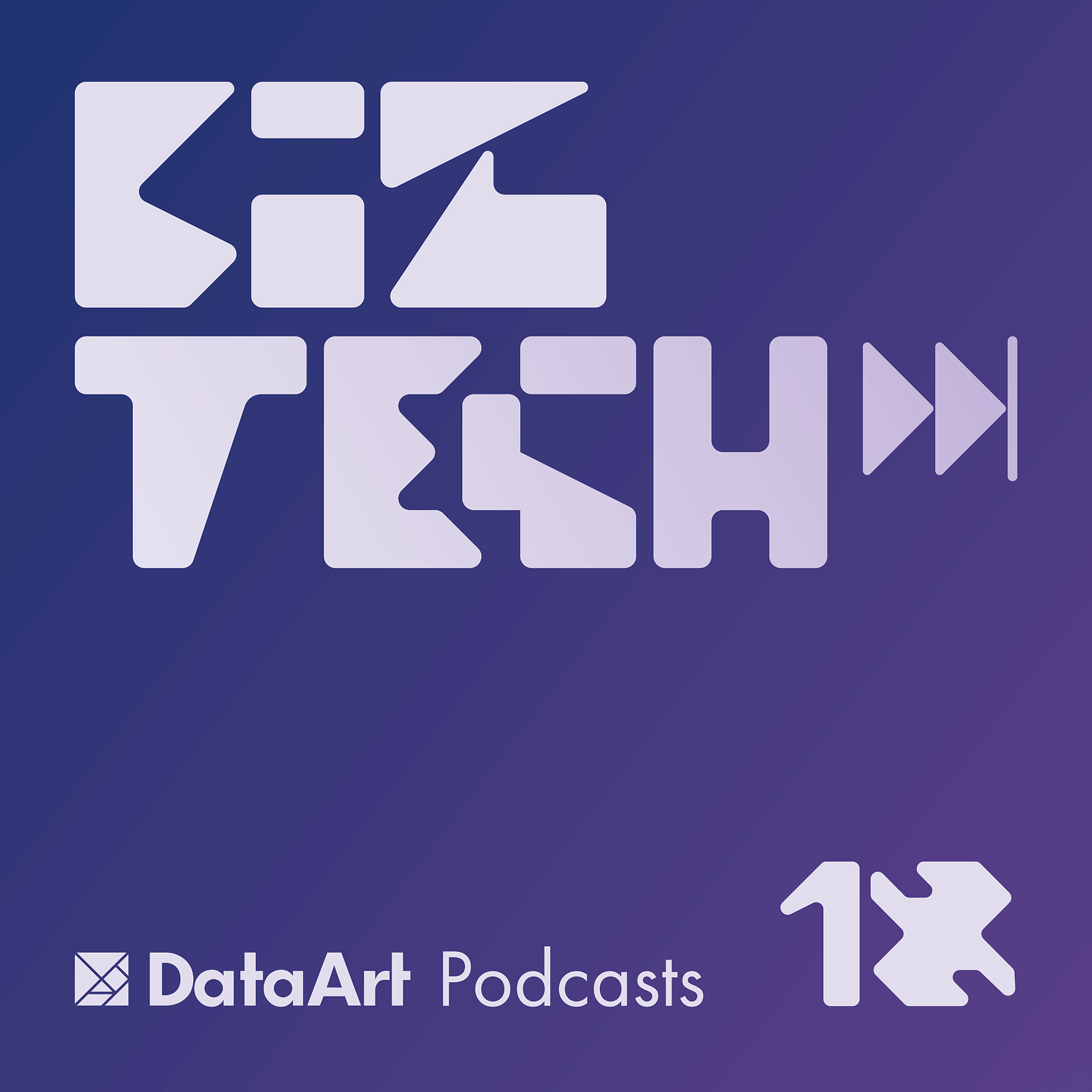
AI is supposed to be revolutionizing retail. Personalized recommendations, seamless checkout, virtual try-ons — the whole pitch. But if the technology is so good, why are physical stores still packed?
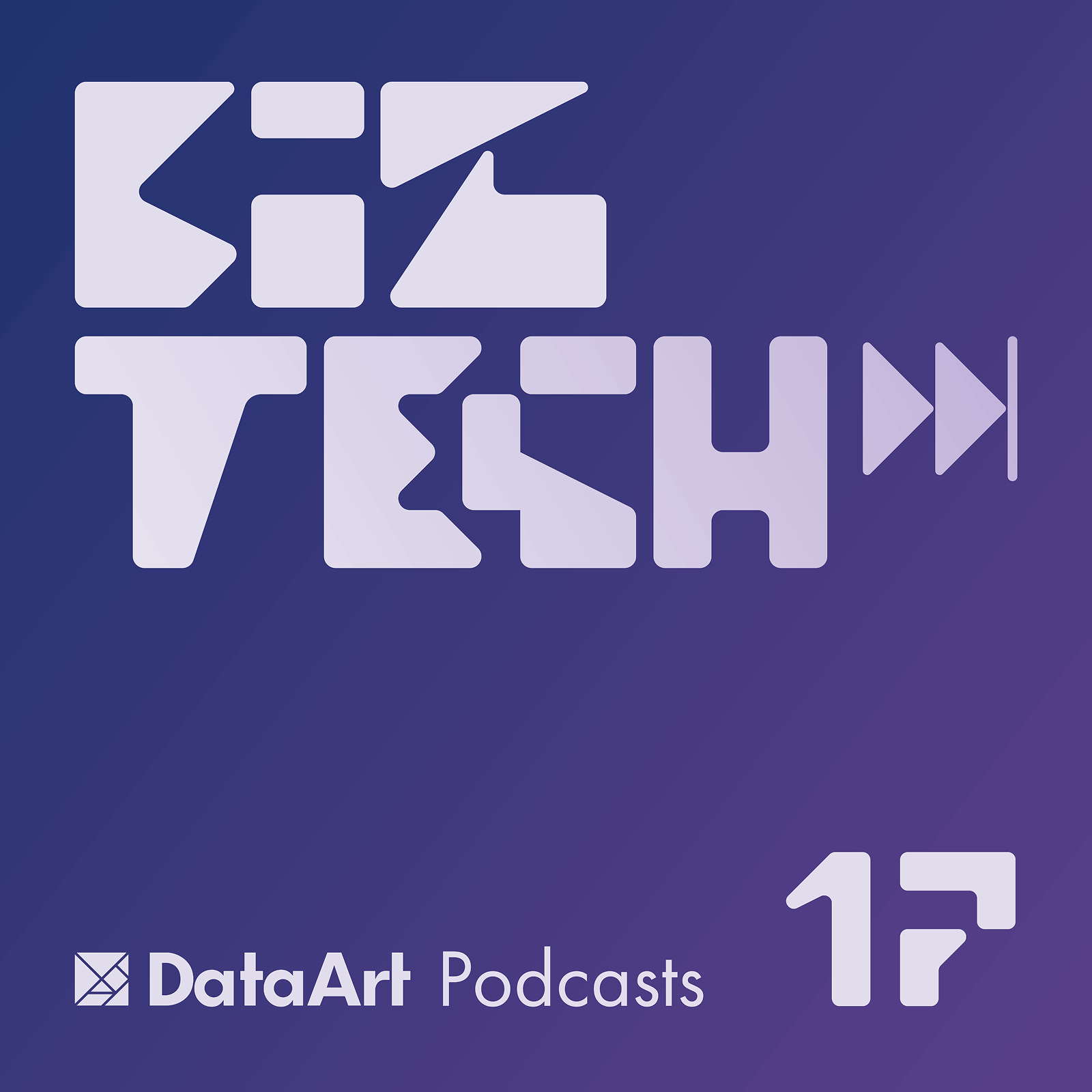
In this episode, Anni sits down with Alistair Wandesforde, SVP at DataArt, to see what companies say about their AI capabilities and what's really happening on the ground.

Season 2's most controversial moments! Eight tech leaders share their unpopular opinions on AI, recruitment, learning culture, market competition, and more.

We wrap up Season 2 with episodes 13-16! Featuring Doron Fagelson's fascinating look at how data is transforming art commerce, Greg Abbott's insights on the tech behind your next trip, Olesya Khokhulia on enterprise partnerships beyond just delivery, and Alexey Utkin's brutally honest conversation about data reality.

Join host Anni Tabagua for a Season 2 recap covering episodes 9-12! Featuring discussions on evolving client expectations, scaling learning culture, Latin America's tech boom, and the current state of tech talent.
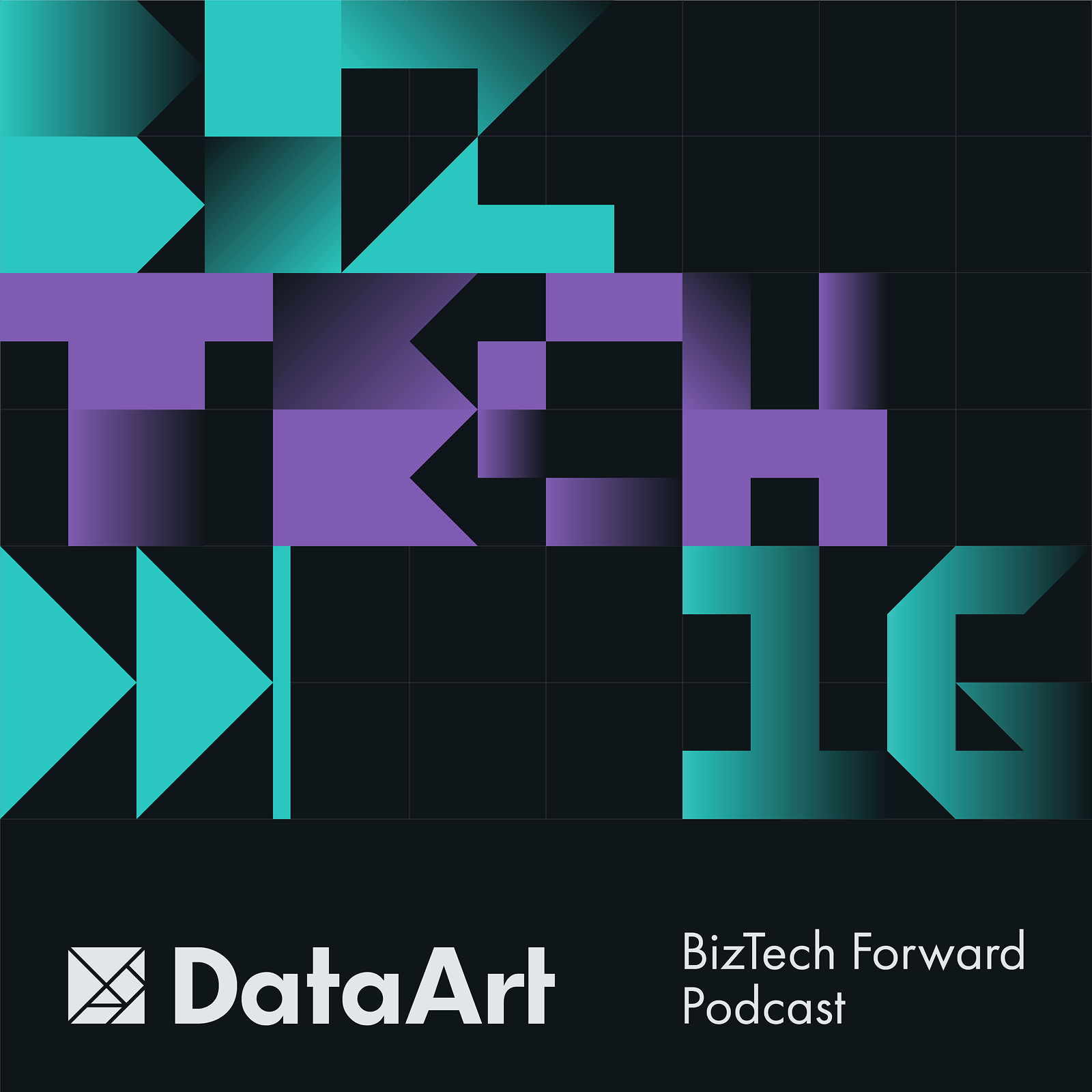
In this episode, Anni sits down with Alexey Utkin, Head of Data and Analytics Lab at DataArt, for a candid conversation about what’s really going on in the world of data.
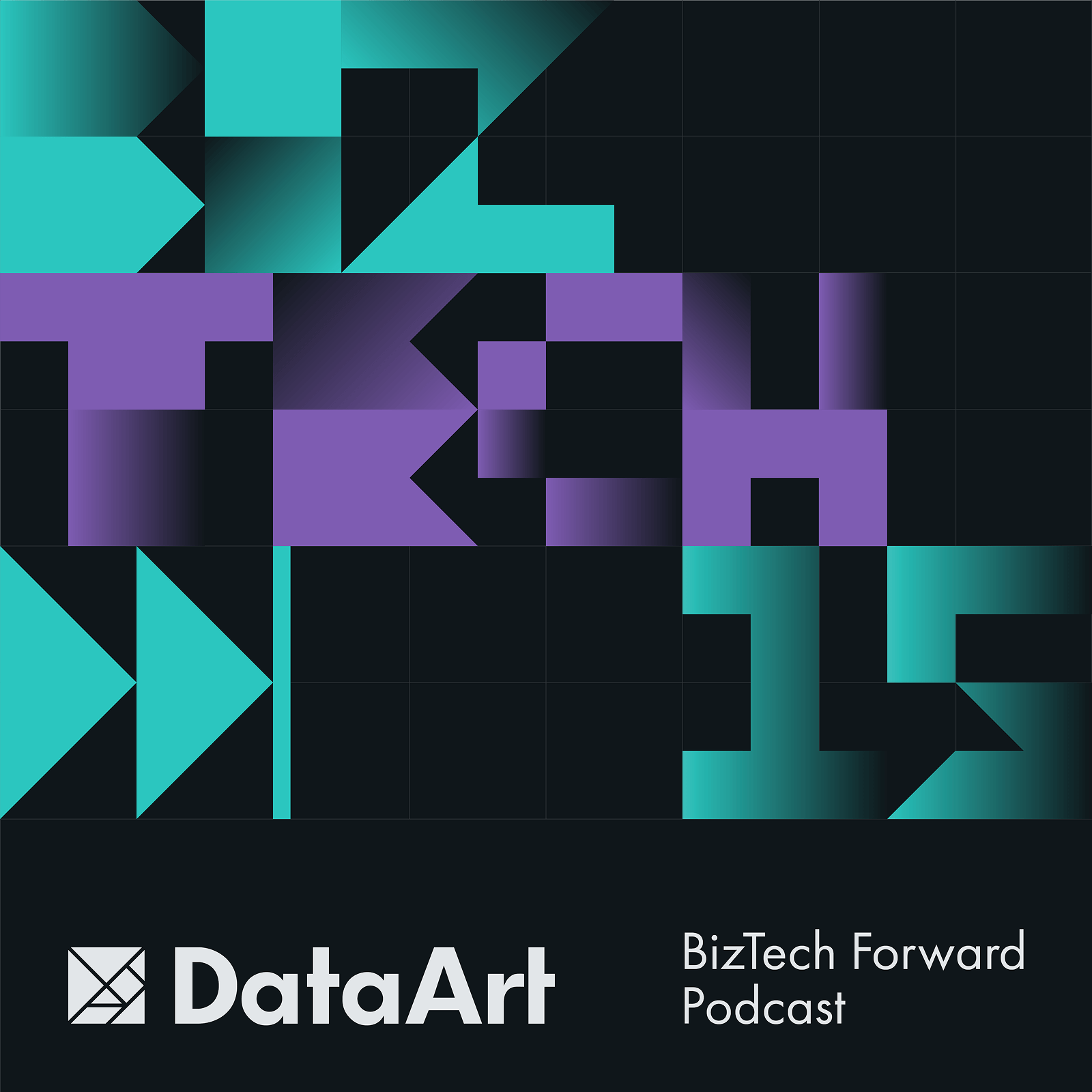
In this episode, Anni speaks with Olesya Khokhulia, VP of Global Enterprise Accounts at DataArt, about the evolution of client relationships, the quiet signals that build trust, and what it takes to stay relevant in an environment where expectations are always shifting.
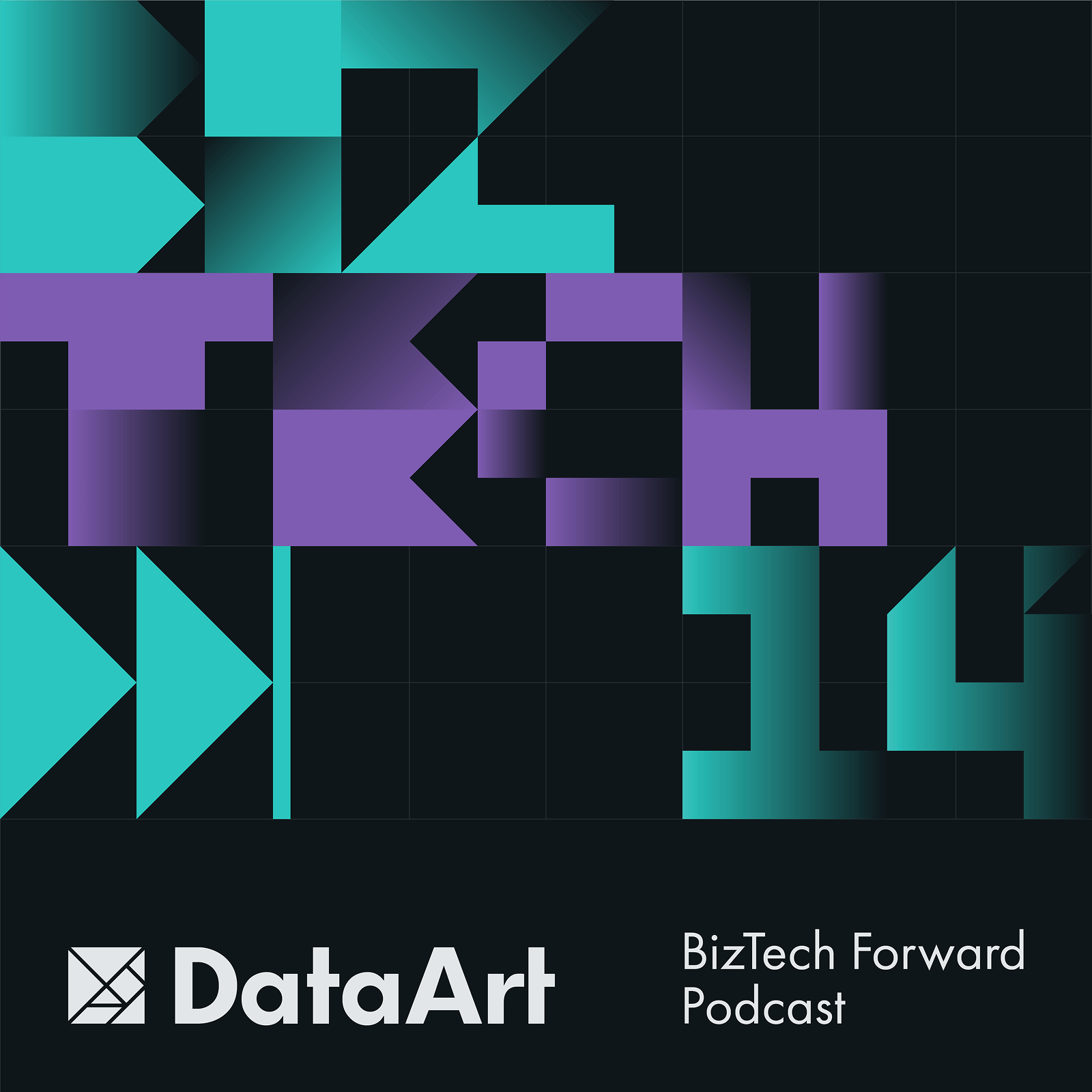
Travel is back — but it’s not the same. In this episode, we sit down with Greg Abbott, a veteran of the travel tech world with over three decades of experience, to talk about how the industry is evolving.

From ancient artifacts to AI-curated collections—art is evolving, and fast. In this episode, host Anni chats with Doron Fagelson, SVP of Media & Entertainment at DataArt, to explore how technology is transforming the art world, from online marketplaces to data-driven personalization and virtual galleries.

In this episode, host Anni chats with Julia Zavileyskaya, Chief People Officer at DataArt, about the biggest hiring trends, AI’s role in recruitment, and what really keeps employees engaged." Please find the episode's cover attached.
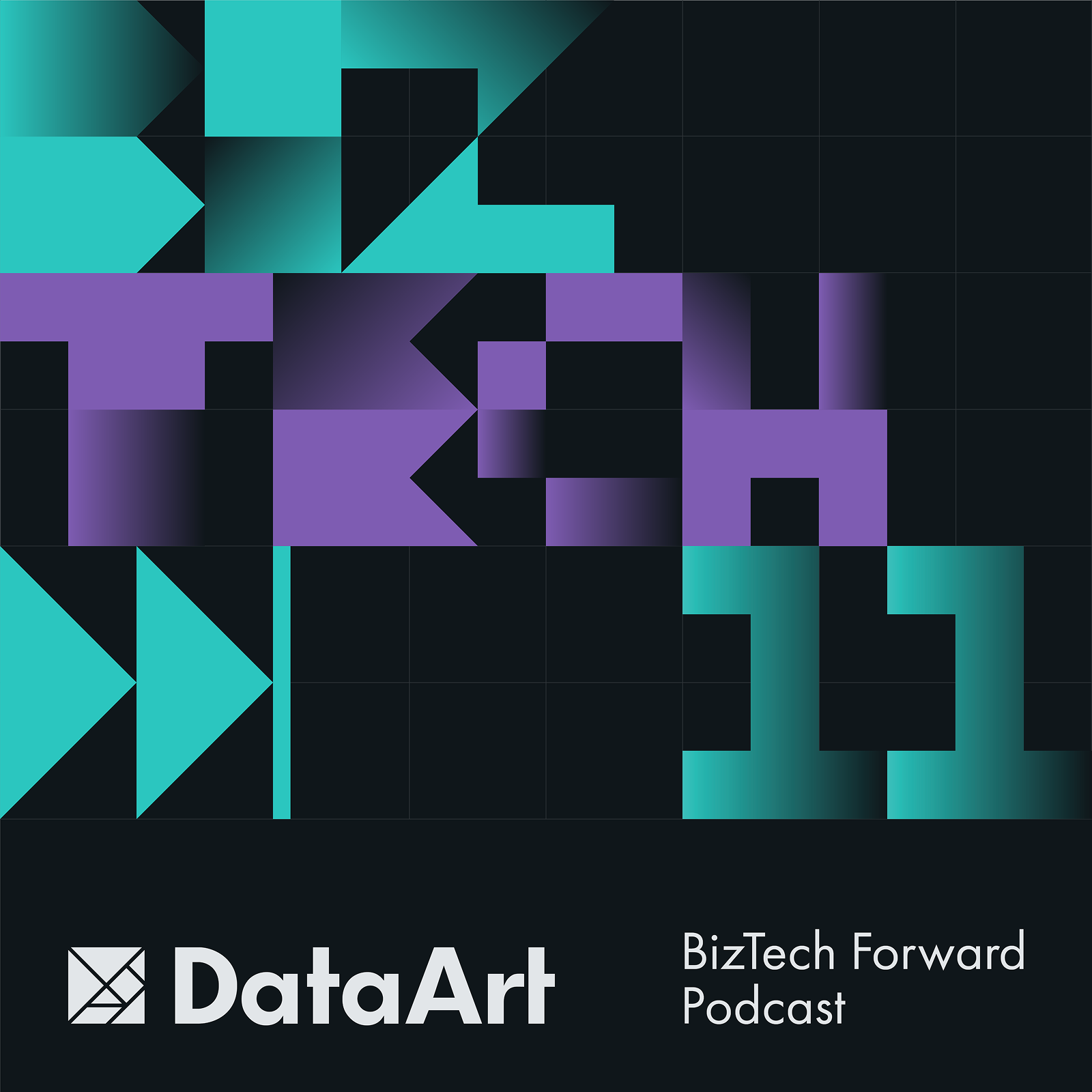
In this episode, Anni sits down with Marcos Mauro to discuss what’s fueling Latin America’s tech boom, how businesses and clients are adapting, and why it’s more than just an emerging market — it’s a global leader in the making.
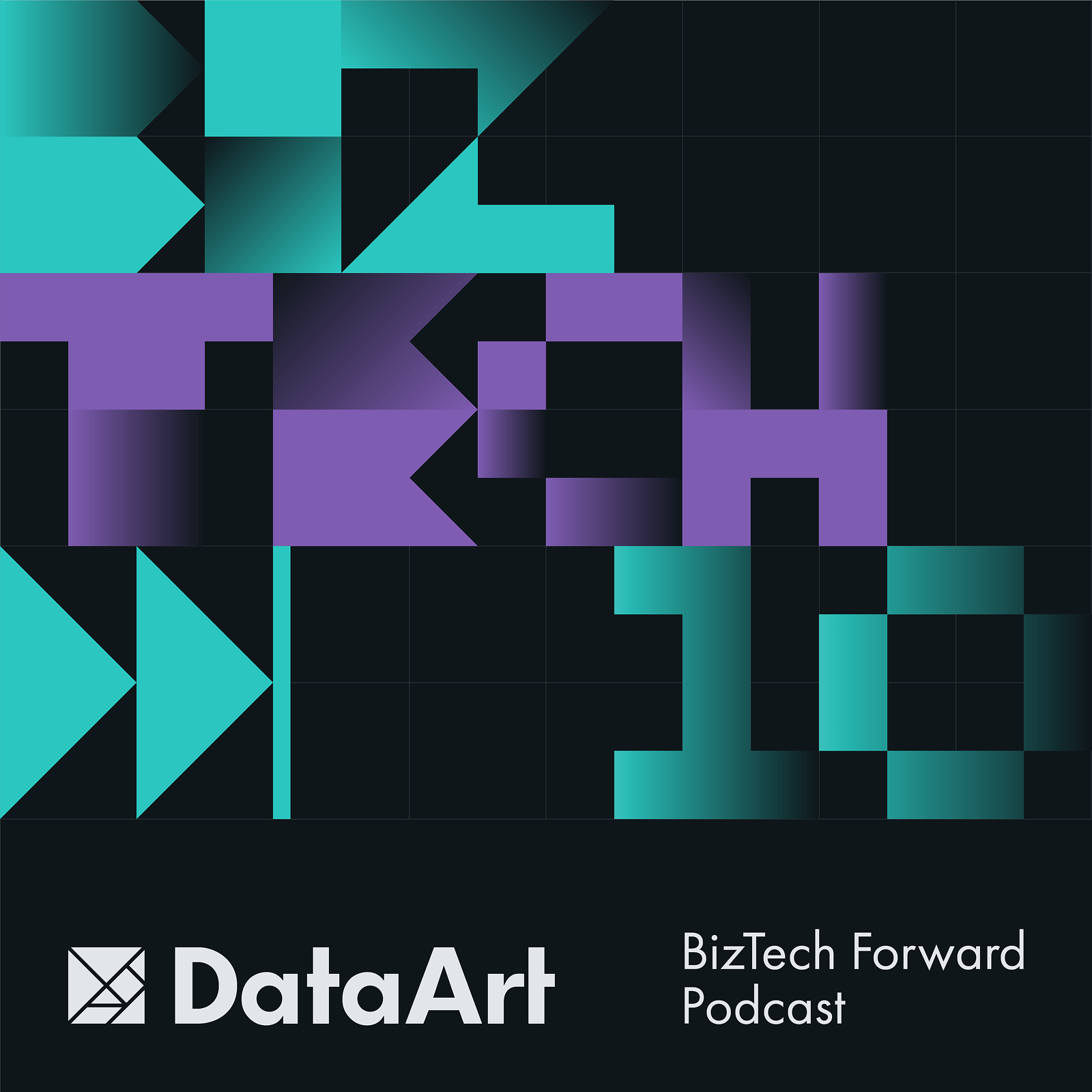
In this episode of BizTech Forward, Anni chats with Maryna Melnik, Head of Learning and Development at DataArt, about how companies can create a culture of continuous learning, scale it across thousands of people, and deliver real business value.
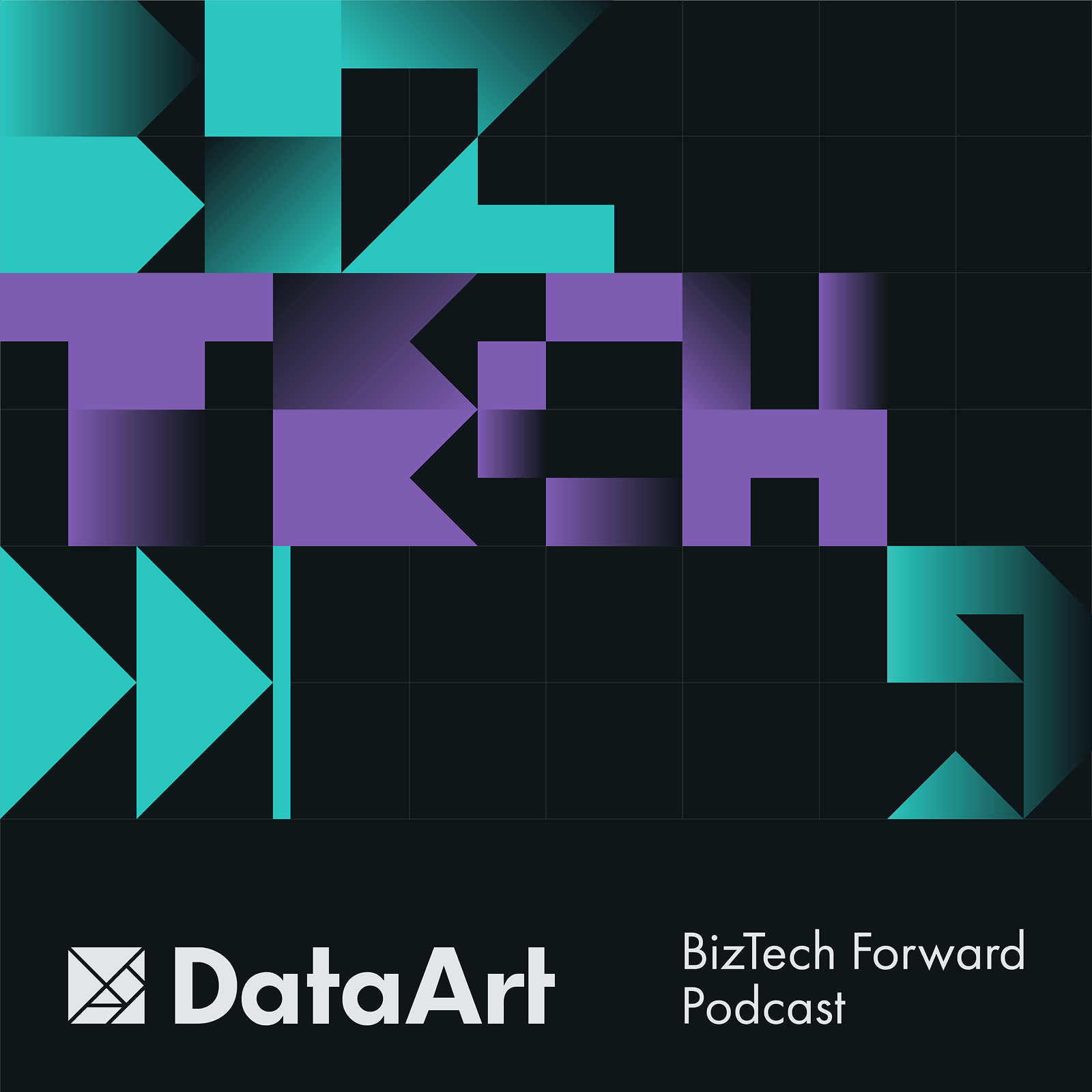
In this episode of BizTech Forward, Anni sits down with Mike Peterson, Advisory CTO / CIO, Mentor, and Coach, who discusses how client expectations from IT vendors have evolved over the past decade, what clients miss from the ‘old days,’ and how vendors can stay ahead in an ever-changing tech landscape.
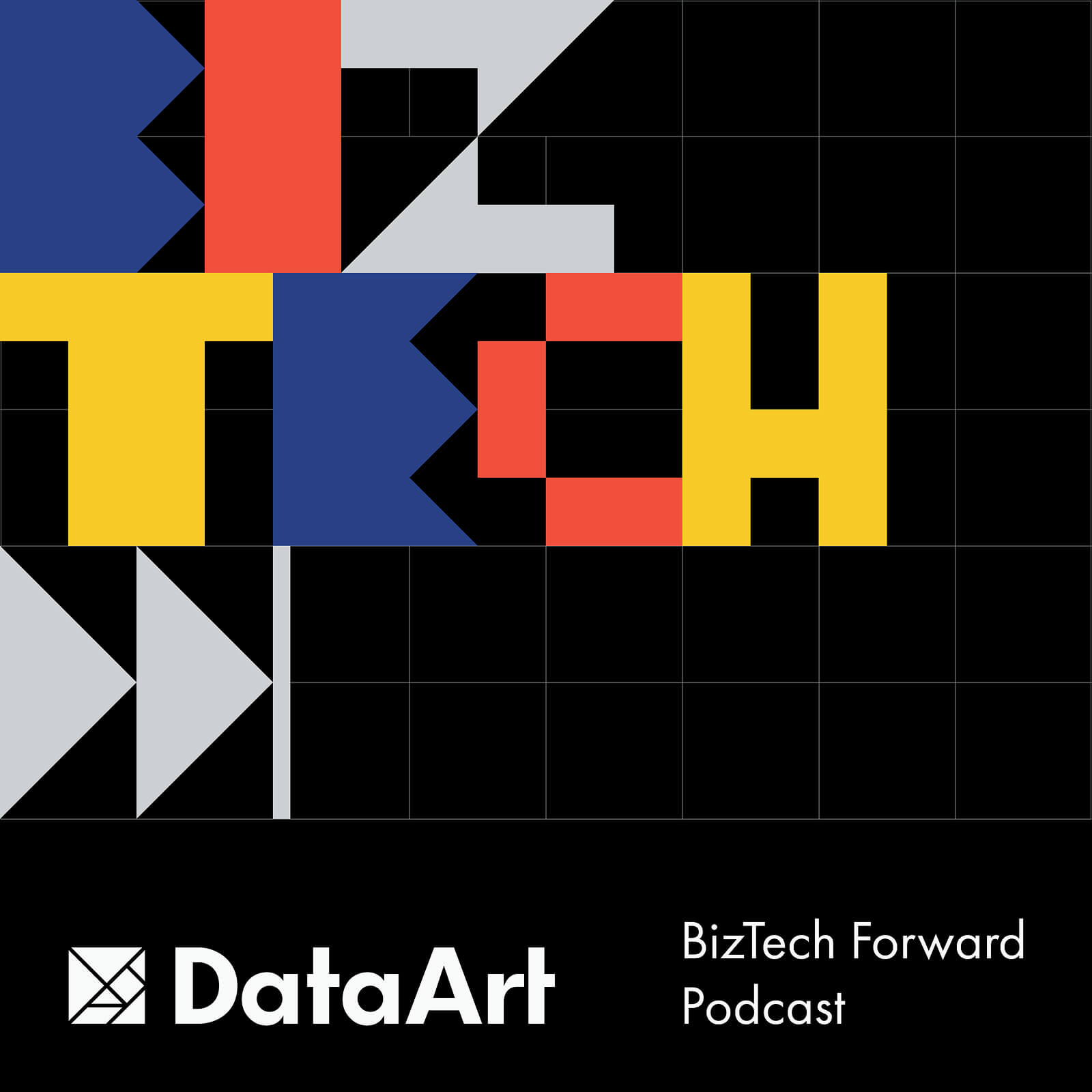
This is a bonus episode of BizTech Forward: Season One Recap. Host Anni takes you through the eight episodes of the debut season, highlighting some of the best moments and setting the stage for season two!
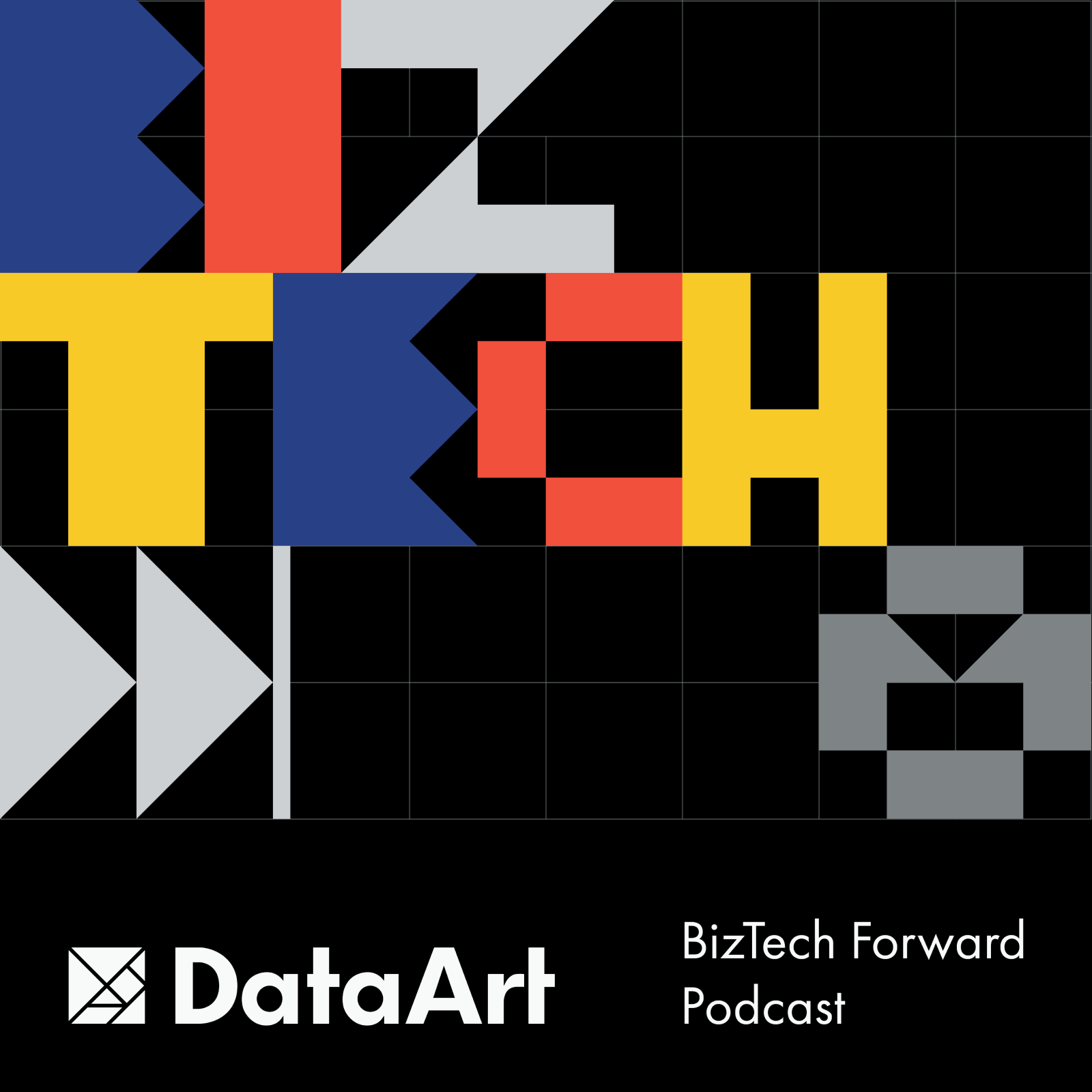
In this episode of BizTech Forward, Anni chats with Scott Rayburn, VP Marketing at DataArt, about how marketing has evolved with the rise of data and technology.
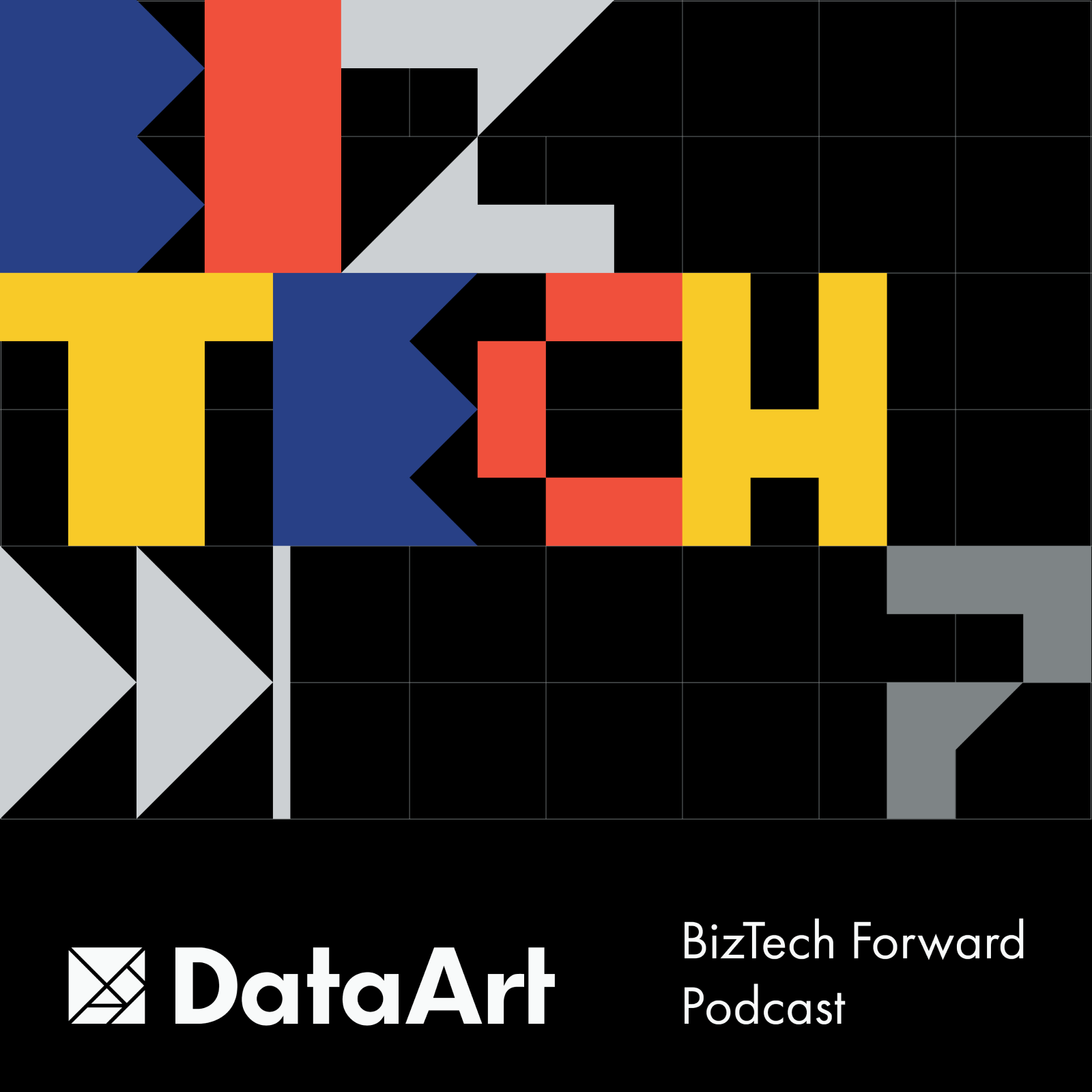
In this episode, Anni chats with Sheetal Kale, Head of DataArt India, about the country’s modern tech views, AI and data, IPO boom, and India’s gravitational pull in global decision-making.
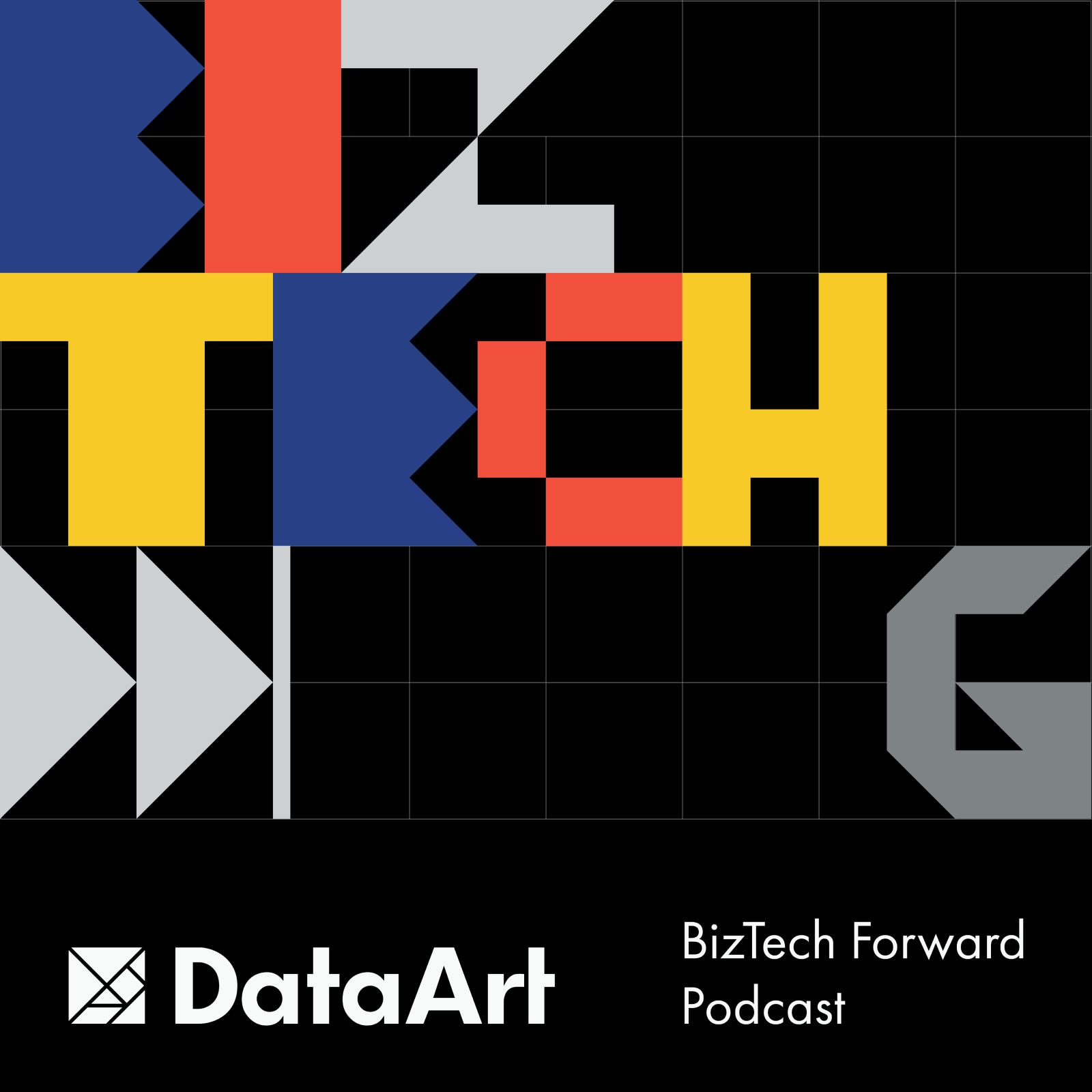
In this episode, we're joined by Tim McMullen, a true veteran in aviation tech, to discuss the latest aviation technology trends from the latest industry conferences and the future of aviation.
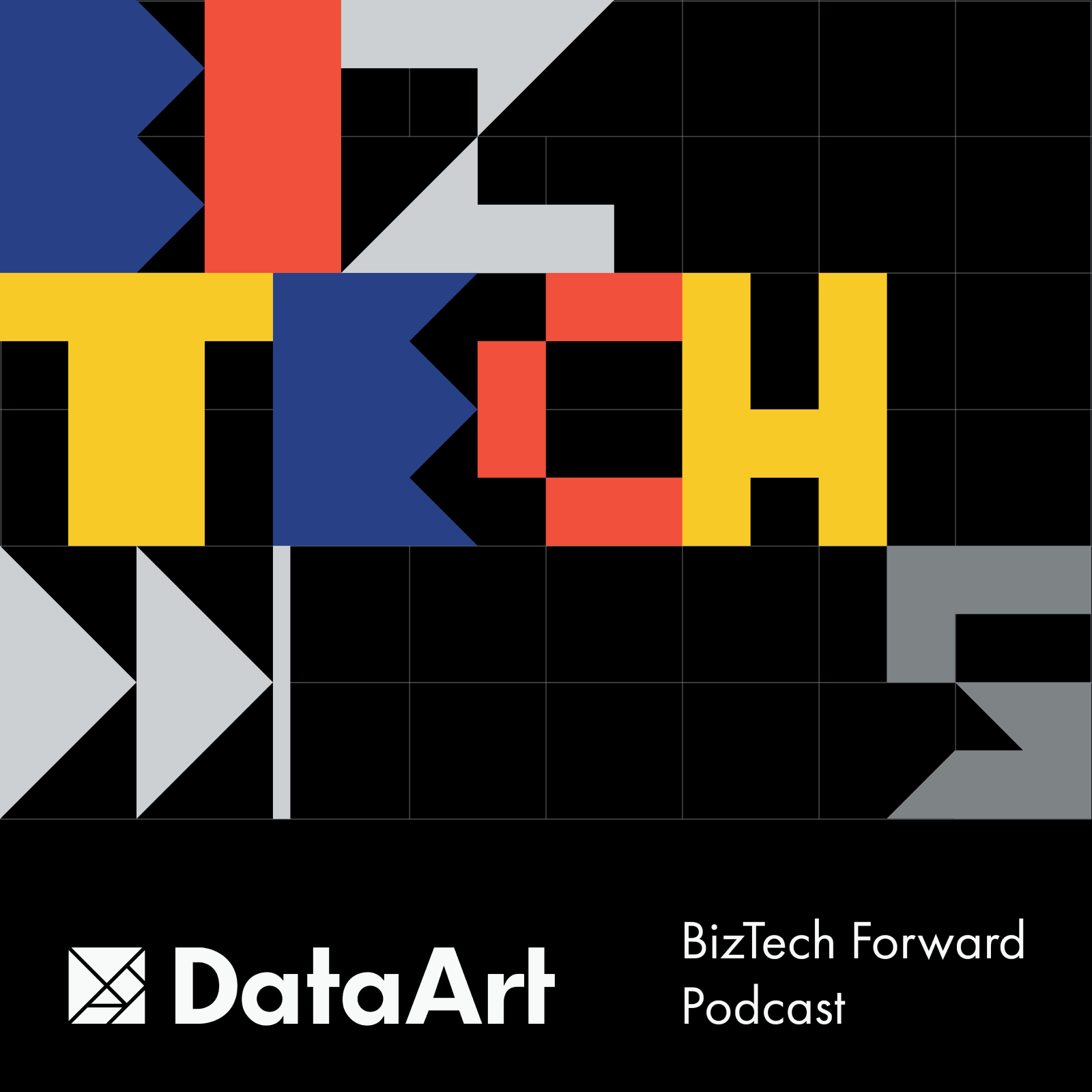
In this episode of BizTech Forward, Anni sits down with Anastasia Rezhepp, DataArt's Head of Design Studio, to talk about the evolution of design processes in the world of UX.
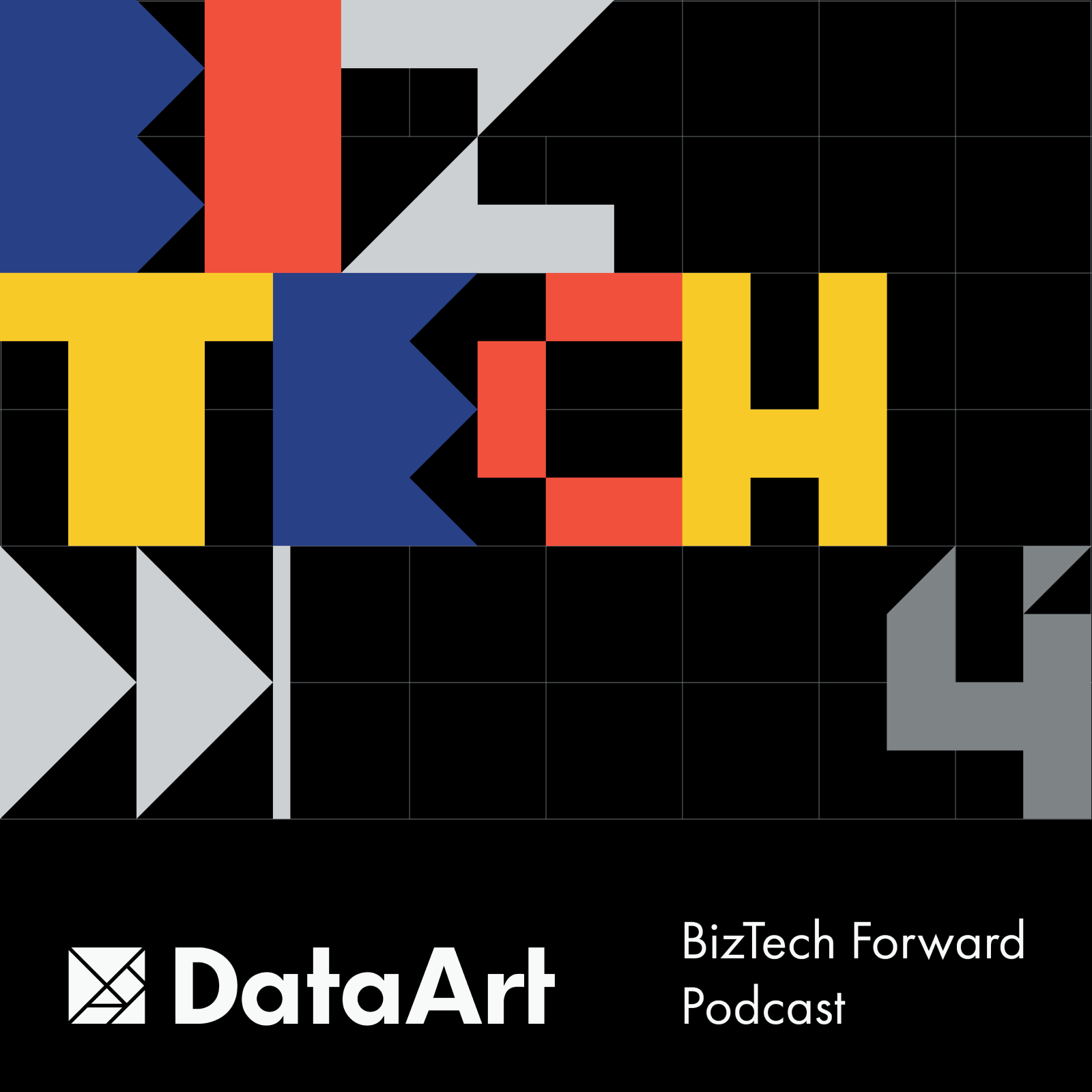
In this episode of BizTech Forward, we chat with Yuri Gubin, Chief Innovation Officer at DataArt, about why data quality is critical for AI success.
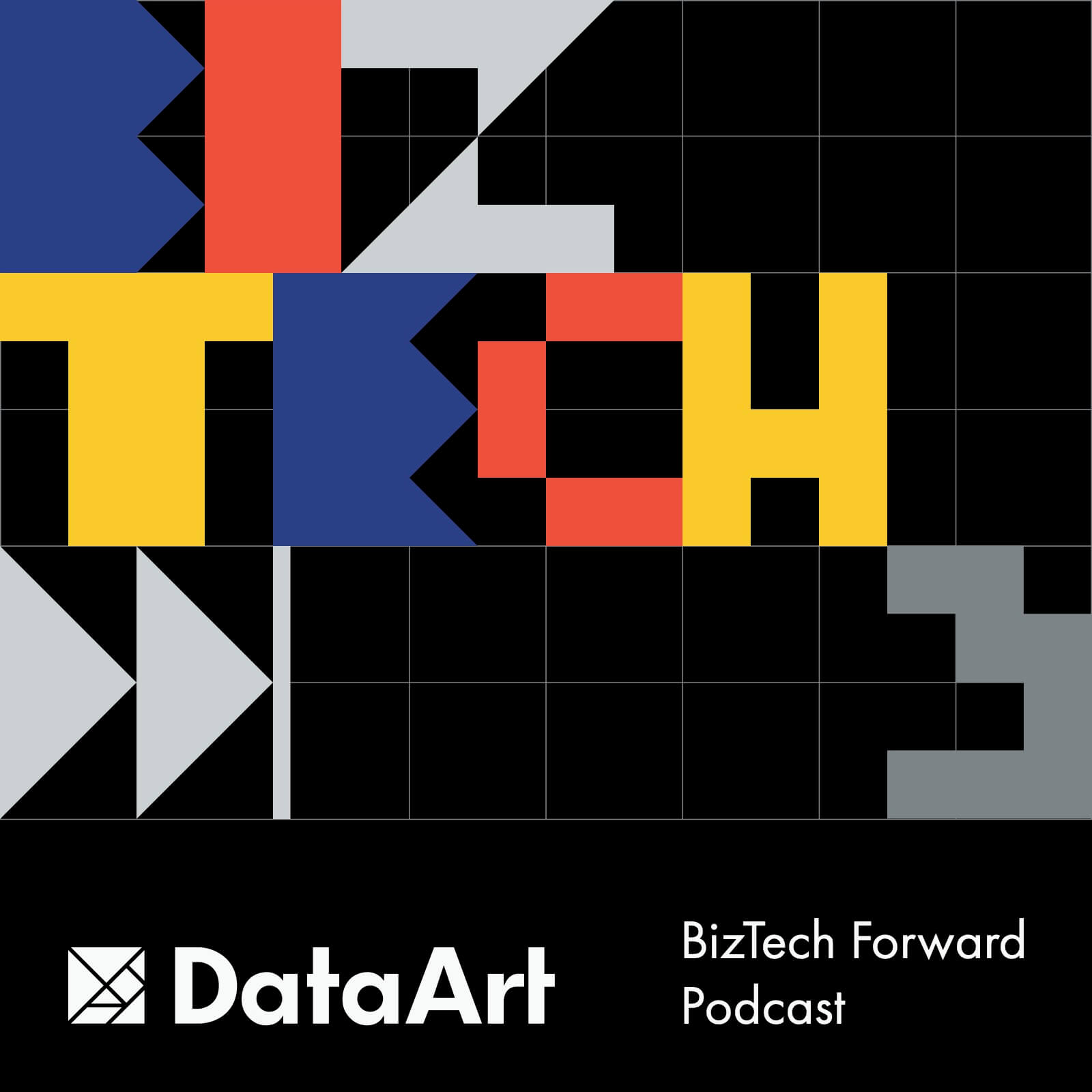
In this episode, we chat with Anna Velykoivanenko, Global Employer Branding Director at DataArt, about the perfect blend of technical know-how and human-centric skills.
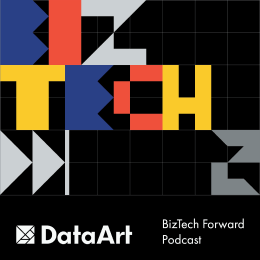
In this episode of BizTech Forward, Anni from DataArt’s Media Relations team chats with Alexei Miller, Managing Director at DataArt, about how businesses can truly measure the value of their IT investments.
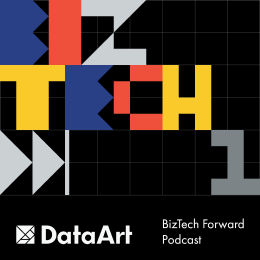
Join Anni Tabagua as we kick off our very first episode with a fascinating topic: AI in Automotive. Our guest is Dmitry Bagrov, the Managing Director of DataArt UK!
We Want to Hear From You!
Reach out to us with any comments, feedback, and questions by filling out the form.

Thank you for contacting us!
We will be in touch shortly to continue the conversation.






